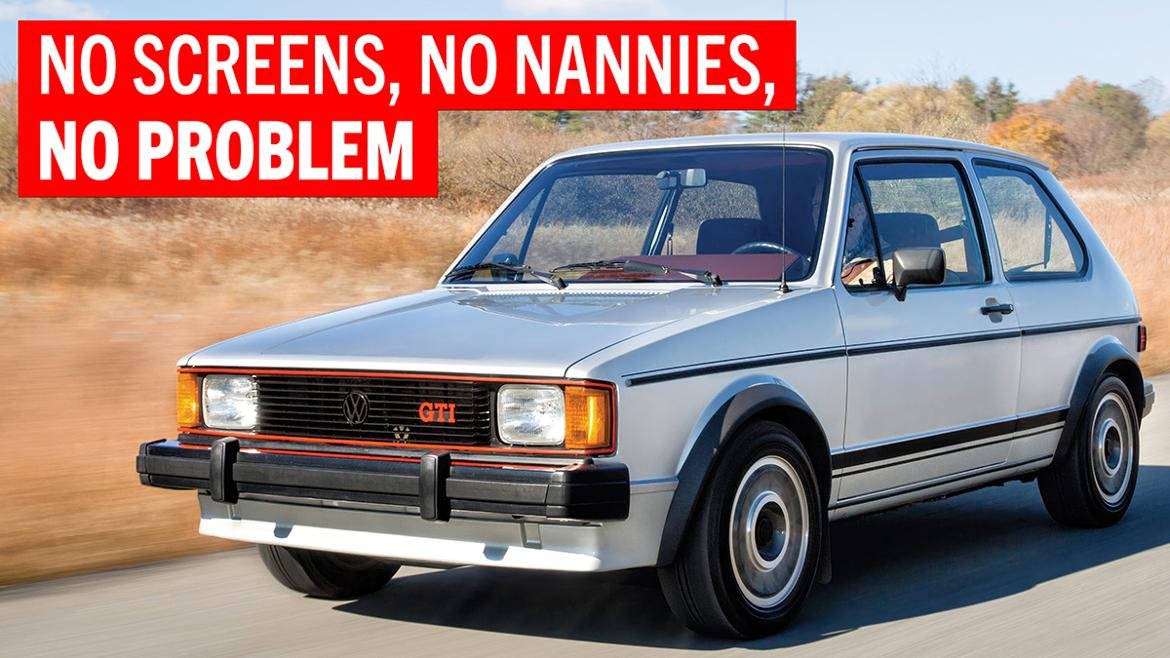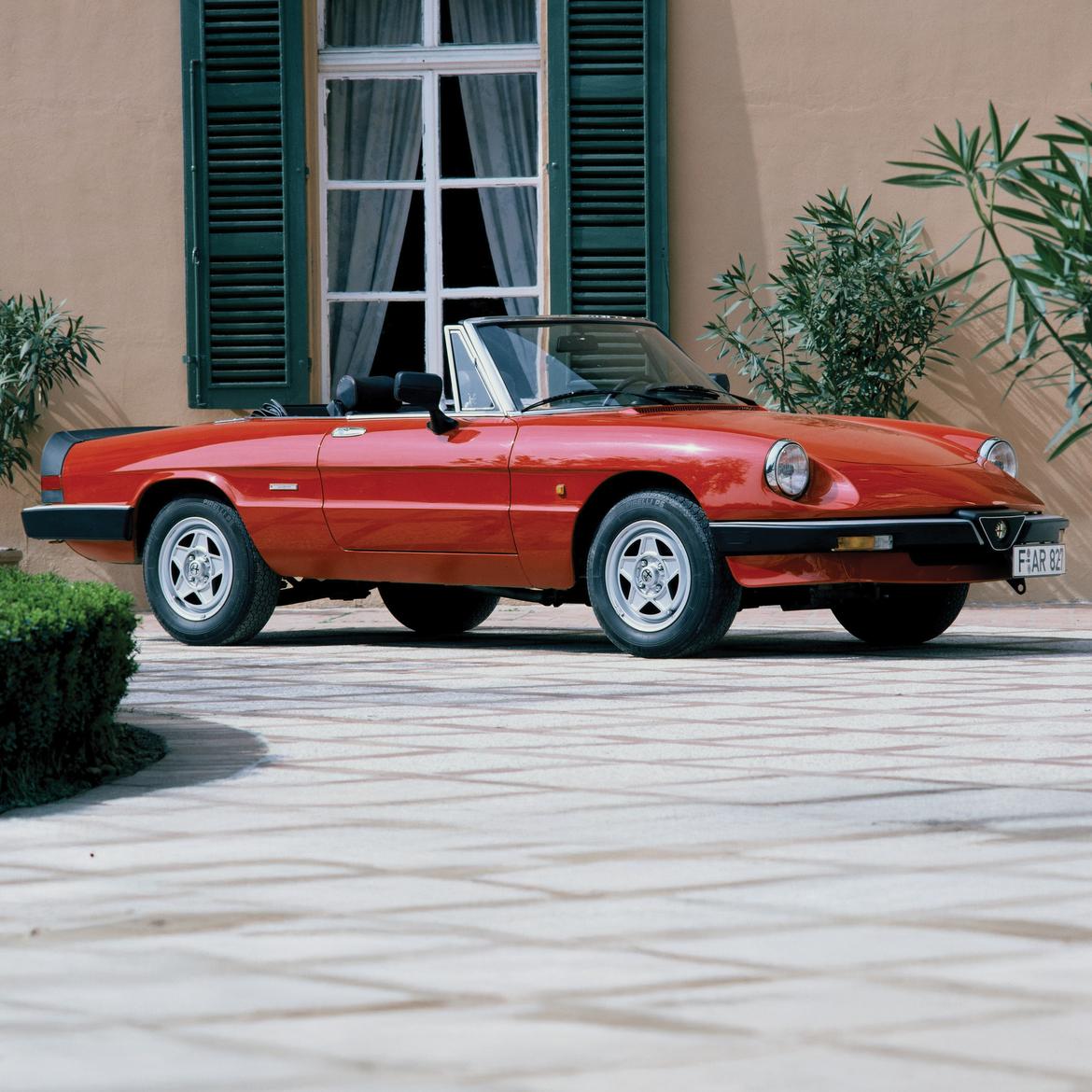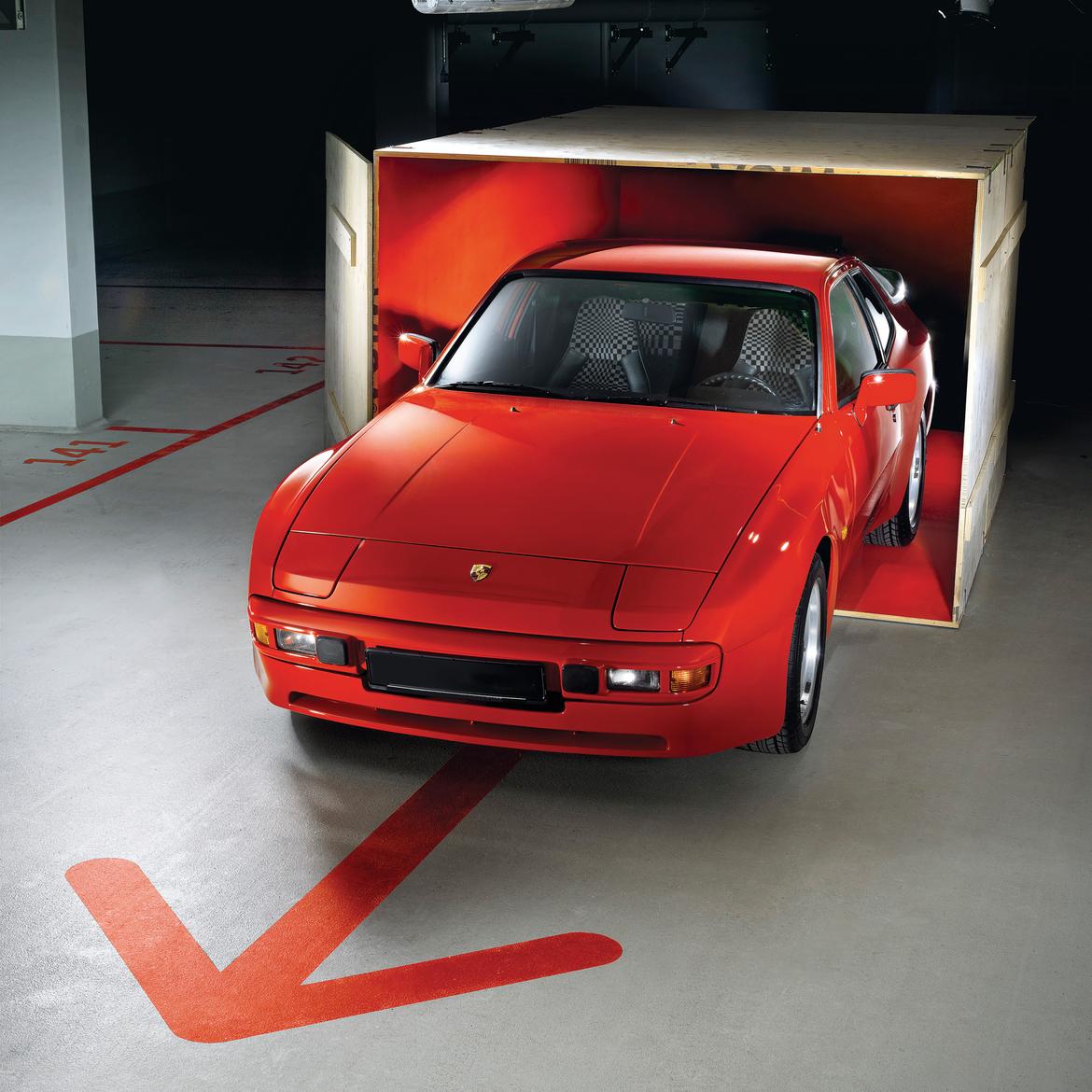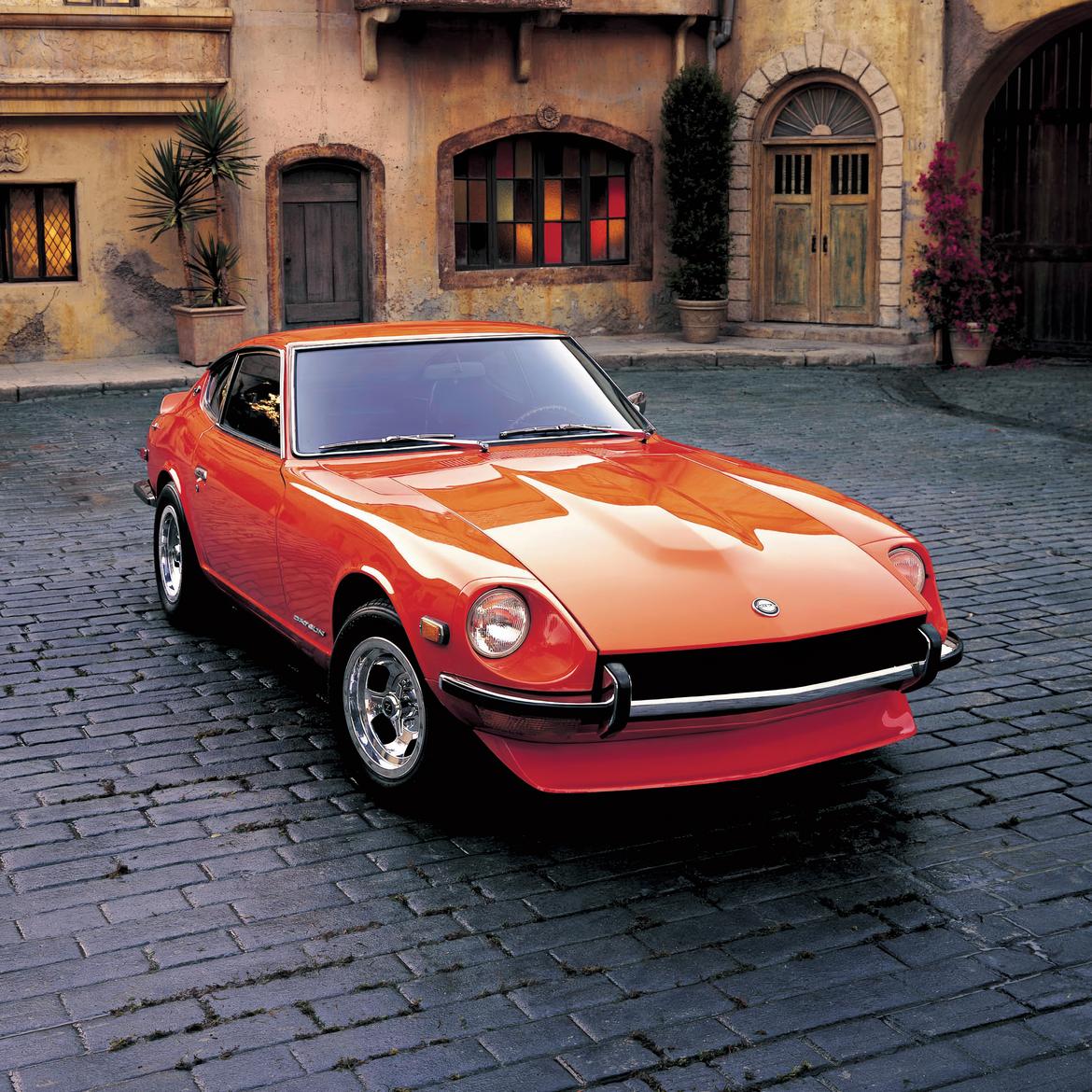
Outdated automobiles suck. They leak, they scent humorous they usually’re not terribly quick by at the moment’s yardstick. However in addition they flip heads, make reminiscences and supply an easier expertise: no contact screens, no self-parking, no over-the-air updates.
Extra to like: They embrace extra of the skin world. Thinner roof pillars present a wider view of the street, whereas open home windows peacefully welcome …
Scorching Hatch
All it took was 90 horsepower to rock the automotive world–and, on the similar time, outrun a brand new TransAm. Welcome to the Volkswagen Rabbit, which, after just a few years germinating abroad, lastly landed stateside for 1983.
And it arrived with a lot fanfare, rapidly rewriting America’s definition of a efficiency automotive. The drive wheels might now be up entrance. “All the things about this automotive is calculated to make an fanatic salivate in anticipation,” Automotive and Driver wrote in its preliminary evaluate. “From suspension to seats, all of the necessary elements have been uprated to full autobahn-class requirements–fairly an accomplishment contemplating the lengthy arm of the associated fee accountants.”
People might now have efficiency and practicality in a single sizzling bundle: room for 4–plus a useful hatch–together with 26 miles per gallon and a zippy 9.7-second dash to 60. Then add within the sticky Pirellis, a close-ratio, five-speed gearbox and people grippy velour buckets. Worth for all of this wonderfulness? Simply $8440, about $27,000 in at the moment’s {dollars}.
The GTI rapidly noticed competitors within the showrooms from Dodge, Mitsubishi, Honda, Toyota, Mazda and extra. Irrespective of the model title written on the valve cowl, although, all of those sizzling hatches adopted related formulation: Take a humble hatchback and cram it stuffed with the great things. They weren’t as flashy as a Mustang or Camaro, but autocross grids have been flooded with them.
Which sizzling hatch to get at the moment? There’s one thing particular concerning the unique GTI, because it represented the whole bundle. Bonus: styling by Giorgetto Giugiaro, the person behind legendary creations just like the BMW M1, Lotus Esprit and Maserati Ghibli.
Pony Automotive
Know what People do properly? Put V8 engines into issues that may then go away lengthy, black marks on the pavement. However what when you’d wish to go slightly newer than a conventional ’60s pony automotive–perhaps one thing that got here from the manufacturing unit with fats radials, shoulder belts and fashionable dual-circuit brakes? Why not one thing from the ’80s, the last decade that noticed the horse automotive bounce again?
The second half of the ’70s weren’t too form to efficiency automobiles of each ilk: Engines received weaker, bumpers received heavier. All the things was painted brown.
Pony automobiles emerged from this funk circa 1982. After a 13-year hiatus, the Mustang GT was again, whereas GM gave us all-new Camaros and Firebirds. Crisp, fashionable styling. Low-profile tires. Seats with aspect bolsters. No extra non-compulsory hubcaps.
That yr’s Camaro Z28 and Firebird Trans Am, the new ones, got here with a 145-horsepower V8. A yr later, the Z28 might be had with 190 horsepower; gas injection arrived for 1986, serving to the Camaro high 200 horsepower for the primary time since 1974.
The last word iteration of this third-generation GM pony automotive? Maybe a V8 Camaro or Firebird fitted with the new-for-1988 1LE bundle. It was geared toward transcending the shortcomings discovered within the day’s showroom inventory race collection by including issues like greater brakes, upgraded suspension and a bit extra energy.
It wasn’t even listed on the ordering kind. To get one, you needed to choose the efficiency rear axle with no/c. That unlocked the remainder of the goodies.
So, ’80s Camaro or ’80s Mustang? It’s a private choice, however going reverse the Mustang might make it easier to stand out in at the moment’s crowd.
Traditional Roadster

We all know the straightforward reply right here: For the final word traditional roadster expertise, why not an early Mazda Miata? It’s excellent, proper? Double-wishbone suspension in any respect 4 corners, a rev-happy engine and that now-legendary gearbox.
However if you wish to go older and expertise one thing a bit extra traditional, take a look at an Alfa Romeo Spider. Not like its contemporaries from England, this masterpiece contains a twin-cam engine, five-speed transmission and styling extra on par with its Italian heritage.
Alfa Romeo launched the unique, initially known as the Spider 1600, again in 1966, with the fundamentals carrying on all over 1994. What modified alongside the way in which? Displacements grew periodically, gas injection changed carburetors for 1969, and bumpers have been usually beefed as much as meet the day’s influence requirements.
Alfa sometimes tweaked the mannequin’s official title, too, with most containing the phrases Spider, Veloce, Duetto or, for a spell, Graduate. You’ll rapidly determine it out. Two extra large adjustments to notice: Alfa chopped off the unique rounded boat tail for 1970, whereas the automotive gained a up to date aero equipment for 1991.
One factor that remained the identical all through the long term, although: that traditional arms-out Italian driving stance. And if you go for that first check drive, you’ll instantly know the place the Miata received its door handles from.
Grand Touring

The GT touring automotive has represented the mixture of three attributes: sufficient consolation to devour the freeway, sufficient energy to overhaul the dawdlers, and sufficient presence to inform the lots you might have arrived. For prime historic examples, take a look at Ferrari’s heritage.
However these Ferraris are costly. How a few Porsche 944 as a substitute?
Is it historic sufficient, although? Effectively, the 944 lineage dates again almost half a century to the yr 1976, when the 924 changed the 914 as Porsche’s entry-level mannequin.
However that didn’t imply the 924 was fundamental, because it featured what might be known as excessive tech for the day: MacPherson struts up entrance, a lift-back rear finish and engine cooling by water, one thing new for the producer. It even had a rear-mounted transaxle. The 924 made a few hundred horsepower, however the ultimate product felt extra BMW 3Series than Volkswagen Beetle–luxurious appointments merged with sporty underpinnings.
The 924 offered properly–it was the model’s bestseller at the moment–however maybe it wasn’t fairly quick sufficient. For 1983, Porsche turned the 924 into the 944, becoming a 2.5-liter engine and tacking on fender flares ripped from the model’s Le Mans effort. In U.S. trim, it made 143 horsepower, placing it on par with Camaros and Mustangs.
Porsche stored refining the 944 via the last decade and finally cut up the road with Turbo and naturally aspirated choices. By the top of the 944’s run in 1991, a non-turbo 944 might make a tick greater than 200 horsepower whereas the Turbo automobiles flirted with the 250 mark. A contemporary SUV simply makes extra, however is it going to greet you with these iconic VDO gauges and the scent of German leather-based?
Datsun Z-car

The Datsun 240Z was each the perfect and worst factor to occur to the day’s sports activities automotive scene: Its 1970 launch gave lovers a very fashionable machine whereas rendering the whole lot else outdated, outdated and off. And the Z didn’t value a premium, both.
Up till this level in recorded historical past, cheap sports activities automobiles normally featured some form of opening high–not all the time, however normally. It was a part of the code. Witness the MGB, Alfa Spider, Fiat Spider, Porsche 914, Austin-Healey Sprite, Datsun roadster, TriumphTR and others.
The 240Z, although, solely got here as a coupe. Trendy. Contemporary. It merely seemed higher-end than its contemporaries, too, sporting hints of Jaguar, Ferrari and Porsche. On monitor, because of the efforts of Peter Brock’s race crew in addition to others, the brand new Datsun whipped the competitors, too.
A part of that new system? A easy inline-six paired with an impartial rear suspension, one thing not all the time a given on the time. A strong unibody, not an outdated body-on-frame design, delivered additional refinement.
One other break with the previous: no wooden sprint, no ergonomics relationship again a decade or so. The middle gauges have been proper within the driver’s line of sight. Plenty of up to date black vinyl, very similar to in a brand new 911, draped the inside.
The unique 240Z ran via 1973. Subsequent will increase in displacement from the unique 2.4 liters to 2.6 after which 2.8 gave us the 260Z (only for the 1974 mannequin yr) and 280Z (1975-’78). Whereas these later variations weigh slightly greater than the unique, these will all really feel like go-karts in comparison with something at present supplied.
Trending Merchandise




